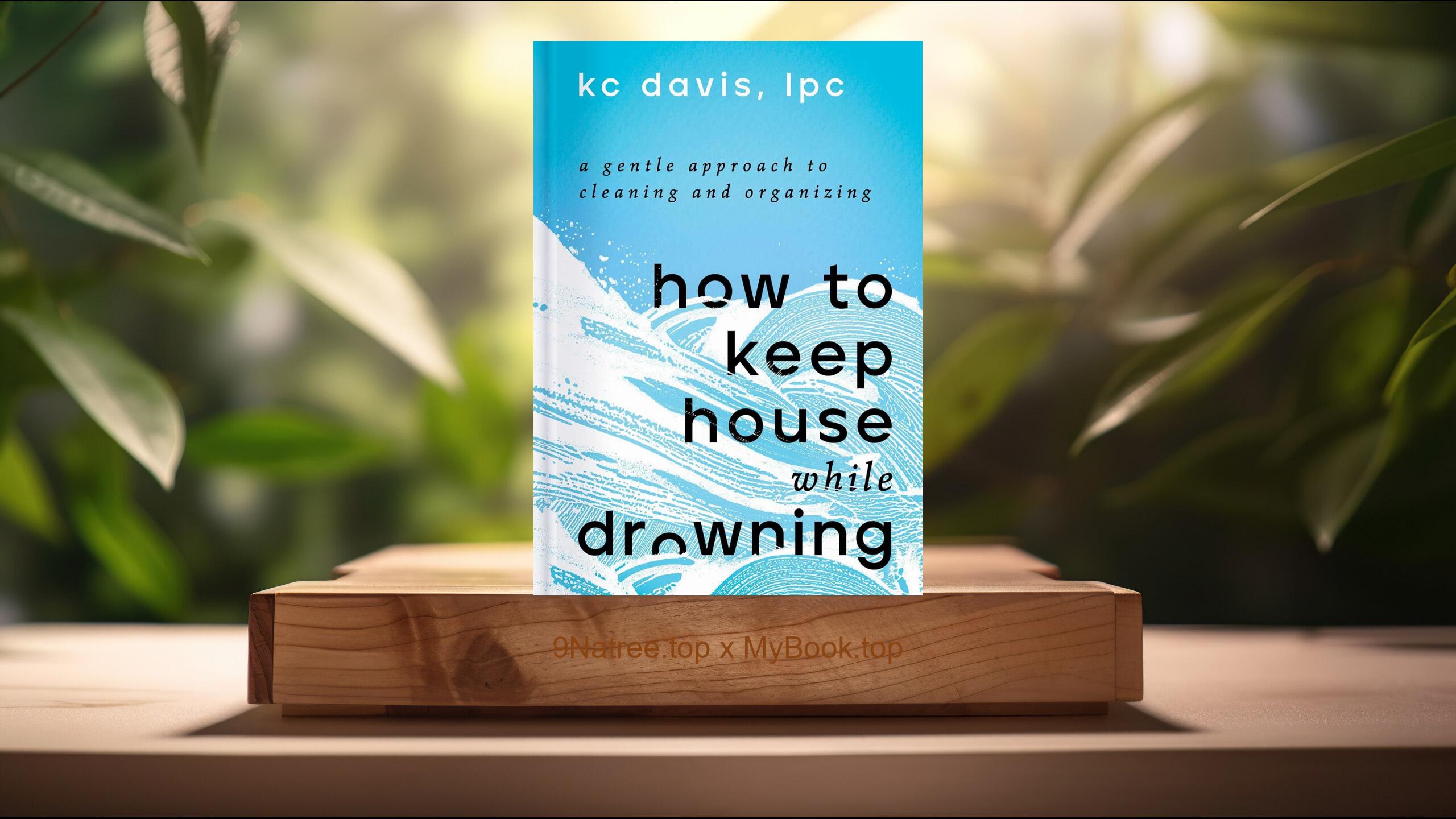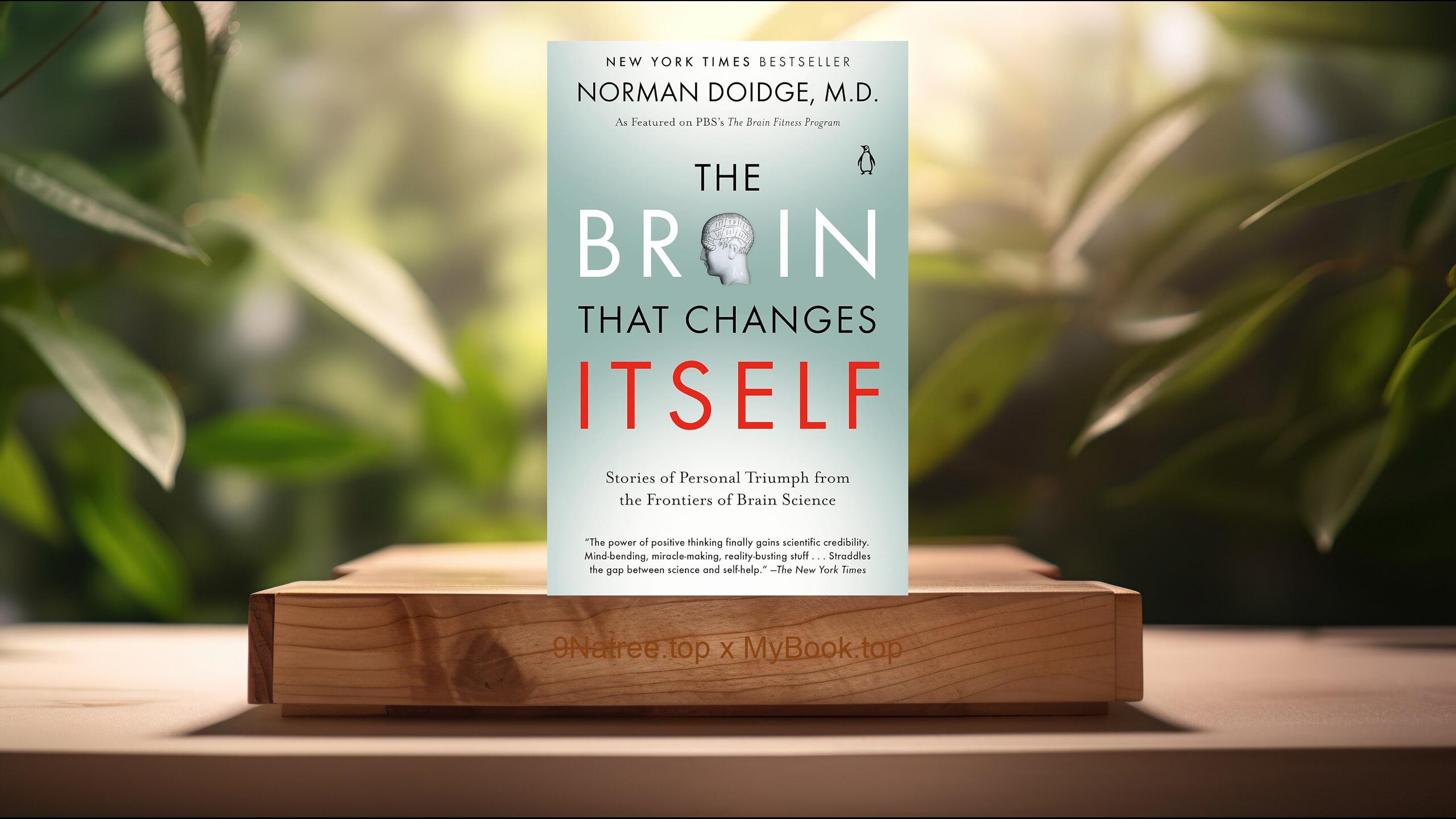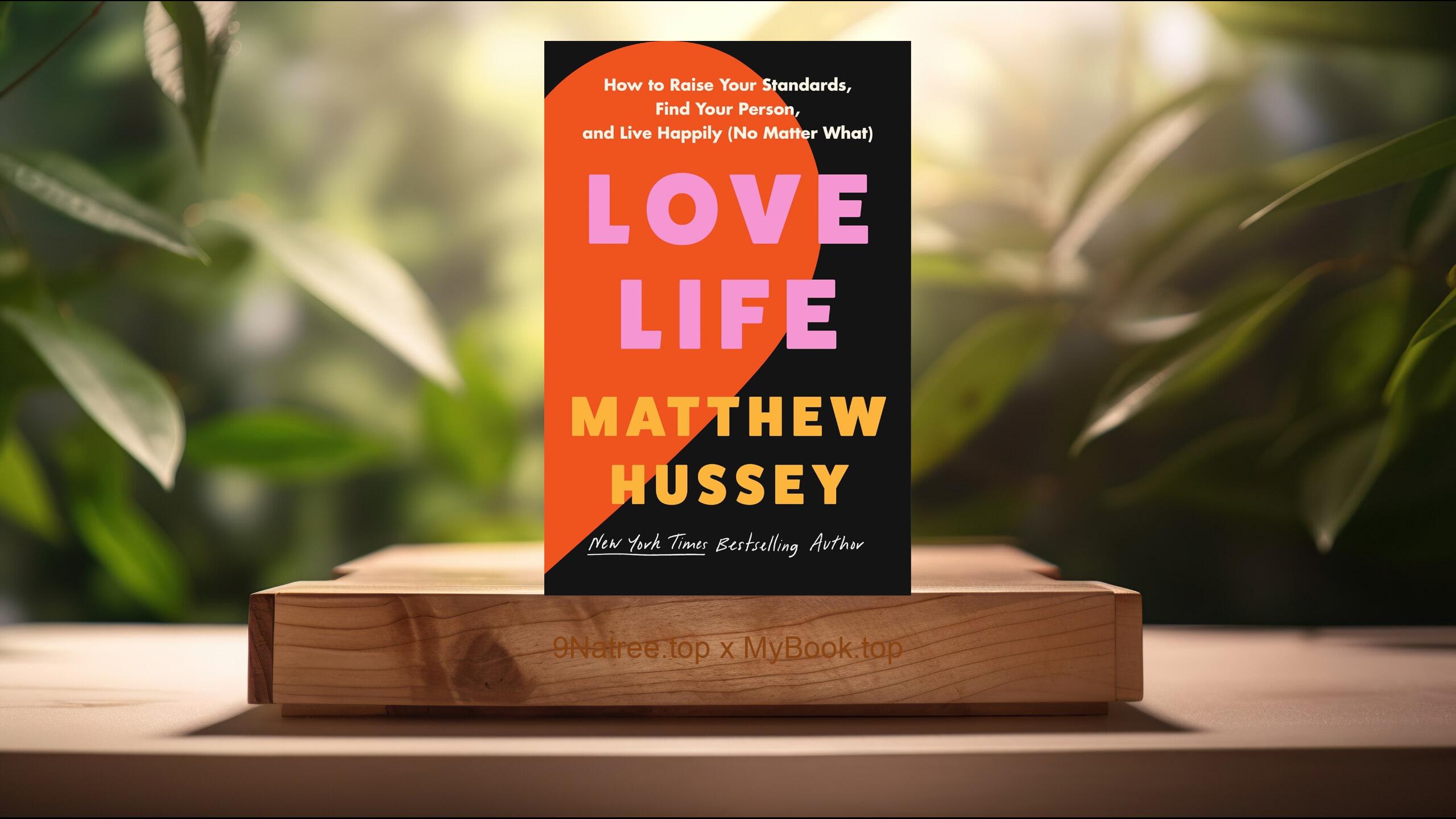Show Notes
Buy on Amazon: https://www.amazon.com/dp/B07DT4GW16?tag=9natree-20
Read more: https://mybook.top/read/B07DT4GW16/
#stressmanagement #burnoutprevention #genderandstress #completingthestresscycle #wellbeing #mentalhealth #selfcaretechniques #Burnout
These are takeaways from this book.
Firstly, The Biology of Stress, One of the core ideas of 'Burnout' is understanding the physiological and neurological responses to stress. The authors explain how the brain perceives threats and initiates the 'fight or flight' response, releasing stress hormones like cortisol and adrenaline. However, in modern life, these responses often don't resolve the stressors effectively, leading to a build-up of stress in the body. By understanding the biology of stress, readers can better recognize signs of burnout and employ strategies to complete the stress cycle, such as physical activity, breathing exercises, and social connection.
Secondly, The Gendered Reality of Stress, Another important topic tackled by the Nagoskis is the unique ways in which stress impacts women. Societal expectations, caregiving responsibilities, and the struggle for validation in a patriarchal system contribute to what the authors term 'human giver syndrome.' This syndrome exacerbates stress and burnout among women, who feel compelled to give endlessly without regard for their own well-being. By highlighting these gendered dimensions of stress, 'Burnout' encourages readers to challenge these societal norms and prioritize their own health and happiness.
Thirdly, Completing the Stress Cycle, Central to 'Burnout' is the concept of completing the stress cycle — the process of moving through and beyond stressors to reach a state of relaxation. The authors provide actionable advice for engaging with stress in a healthy way, including physical activity, creative expression, and positive social interactions. These methods help to signal to the body that it is safe, allowing it to return to a non-stressed state. Emphasizing the importance of daily habits and self-care, this topic empowers readers to take control of their stress and prevent burnout.
Fourthly, The Importance of Connection, The Nagoskis stress the significance of connection — both with oneself and others — in combating burnout. They argue that emotional and social support are crucial in navigating stress and encourage readers to cultivate meaningful relationships. Strategies such as sharing your story, active listening, and expressing gratitude are discussed as ways to strengthen bonds and build a supportive community. This topic underlines the power of empathy and understanding in healing and resilience.
Lastly, Rest, Play, and Joy, Finally, 'Burnout' celebrates the role of rest, play, and joy in maintaining mental health and preventing burnout. The authors advocate for prioritizing these elements, often undervalued in a productivity-driven society. They propose practical tips for incorporating restful activities, playful experiences, and moments of joy into daily life. By recognizing the importance of slowing down and nurturing happiness, readers can create a more balanced and fulfilling life.
In conclusion, Ultimately, 'Burnout: The Secret to Unlocking the Stress Cycle' is a compelling guide for anyone struggling with stress and looking for a way to break free from its grasp. It's particularly resonant for women who face unique pressures and societal expectations. The insights into the science of stress, coupled with tangible strategies for managing it, make it a valuable resource for improving mental health and well-being. By embracing the principles outlined by Emily and Amelia Nagoski, readers can embark on a journey towards a more balanced, joyful, and resilient life.
![[Review] Burnout: The Secret to Unlocking the Stress Cycle (Emily Nagoski) Summarized](https://episodes.castos.com/660078c6833215-59505987/images/1721918/c1a-085k3-924qn8npc4gp-szzb3g.jpg)




